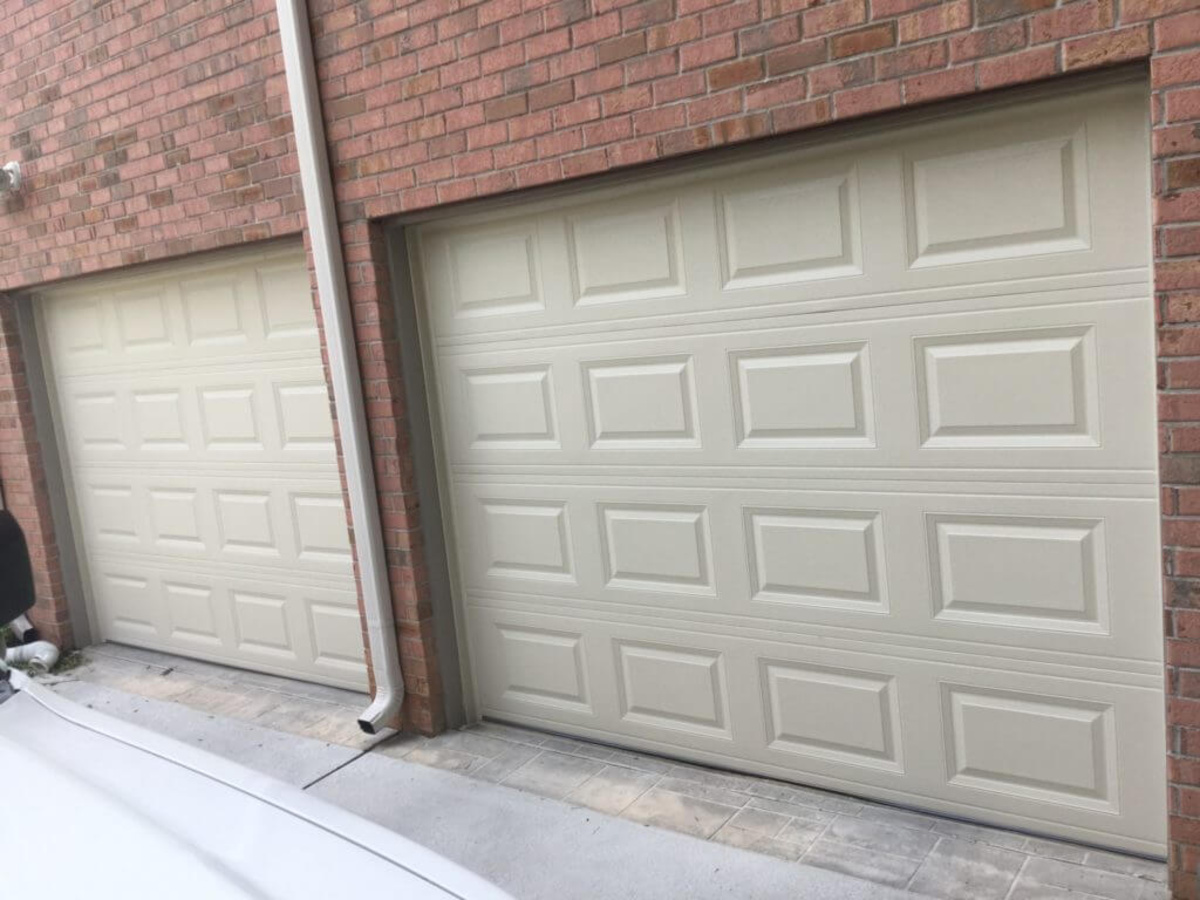

Articles
What Is A Good R Value For A Garage Door
Modified: October 31, 2024
Find out what is considered a good R value for a garage door in our informative articles. Improve energy efficiency and insulation.
(Many of the links in this article redirect to a specific reviewed product. Your purchase of these products through affiliate links helps to generate commission for Storables.com, at no extra cost. Learn more)
Introduction
When it comes to insulating your garage door, one of the key factors to consider is the R-value. But what exactly is R-value, and why does it matter for your garage door? R-value is a measurement of a material’s thermal resistance, indicating its ability to resist the flow of heat. The higher the R-value, the better the insulation’s performance in preventing heat transfer.
In the case of a garage door, a higher R-value means better insulation and improved energy efficiency. This can be particularly important if your garage is attached to your home or used as a working space, as it helps maintain a comfortable temperature and reduces energy costs. In this article, we will explore the importance of R-value for garage doors and discuss the recommended R-value for optimal insulation.
Furthermore, we will delve into the different factors that can affect the R-value of a garage door, such as the type and thickness of insulation materials. We will also highlight the benefits of a higher R-value and provide some tips on choosing the right insulation for your garage door. So, let’s get started and uncover the secrets behind achieving a well-insulated garage.
Key Takeaways:
- Choosing a garage door with a higher R-value can lead to improved energy efficiency, better temperature regulation, and noise reduction, providing long-term cost savings and a more comfortable living space.
- Factors such as insulation material, thickness, and local climate should be considered when selecting the right R-value for your garage door, striking a balance between energy efficiency and budget.
Understanding R-Value
Before we dive into the importance of R-value for garage doors, let’s take a moment to understand what R-value really means. R-value is a numeric value that represents the thermal resistance of a material. It measures the ability of a material to resist the flow of heat. The higher the R-value, the better the insulation performance of that material.
R-value is an industry-standard measurement used to compare the thermal efficiency of different insulating materials. It helps consumers make informed decisions when selecting insulation products, including those for garage doors. By understanding the R-value, you can choose the right level of insulation to meet your specific needs.
The R-value calculation takes into account various factors, such as the type and thickness of the insulation material, as well as its density and conductivity. It provides a quantitative measure of how effective a particular insulation material is in preventing heat transfer.
It’s important to note that the R-value is additive when multiple layers of insulation are involved. For instance, if you have two layers of insulation, each with an R-value of 10, the combined R-value would be 20. This means that the total thermal resistance is increased, resulting in better insulation performance.
Now that we have a better understanding of what R-value represents, let’s explore why it matters for garage doors and how it can impact your home’s energy efficiency and comfort.
Why R-Value Matters for Garage Doors
The R-value of a garage door plays a crucial role in maintaining the temperature inside your garage and preventing heat loss or gain. Since the garage is often directly connected to the home, a well-insulated garage door can significantly impact the overall energy efficiency of your living space.
During the hot summer months, an insulated garage door with a high R-value helps keep the heat out, reducing the amount of heat that seeps into your garage. This can prevent your garage from turning into a sweltering sauna and potentially affecting the temperature inside your home. By minimizing heat transfer, an insulated garage door can help reduce the burden on your cooling system, leading to lower energy consumption and cost savings on your utility bills.
In colder climates, a garage door with a high R-value acts as a barrier against the cold outdoor temperatures. It helps prevent drafts and keeps the cold air from infiltrating your garage, which can have a direct impact on the temperature of your home. By maintaining a more stable and comfortable temperature in your garage, you can prevent cold air from entering your living space and reduce the strain on your heating system.
Furthermore, a well-insulated garage door can offer soundproofing benefits. The insulation materials help dampen the noise from outside, such as traffic or loud neighbors. This can be especially beneficial if you have a workshop or use your garage for activities that require a quieter environment.
Overall, the R-value of a garage door directly impacts the energy efficiency, temperature regulation, and comfort of your home. By choosing a garage door with a higher R-value, you can create a more energy-efficient and comfortable environment.
Factors Affecting R-Value of Garage Doors
Several factors can affect the R-value of a garage door. It’s important to consider these factors when selecting the right insulation for your garage door to ensure optimal thermal efficiency and energy savings. Let’s explore some of the key factors that can impact the R-value:
- Insulation Material: The type of insulation material used in the garage door has a significant influence on its R-value. Common insulation materials include polyurethane and polystyrene. Polyurethane insulation typically has a higher R-value compared to polystyrene insulation.
- Insulation Thickness: The thickness of the insulation layer also affects the R-value. Thicker insulation provides greater thermal resistance and can result in a higher R-value. It’s important to choose a garage door with sufficient insulation thickness to meet your desired level of energy efficiency.
- Insulation Placement: The location of the insulation within the garage door structure can impact the R-value. Insulation placed between the layers of the garage door panels provides better thermal resistance compared to insulation applied only on the interior or exterior of the door.
- Garage Door Construction: The construction of the garage door itself can affect the R-value. Garage doors with multiple layers or added features like thermal breaks and weather seals can enhance insulation performance and increase the overall R-value.
- Panel Design: The design of the garage door panels can impact the R-value. Some panel designs may have more space for insulation, allowing for thicker or more efficient insulation materials to be used, resulting in a higher R-value.
- Installation Quality: The quality of installation also plays a role in the overall effectiveness of the insulation and the resulting R-value. Proper installation ensures that there are no gaps, leaks, or weak spots that could compromise the insulation’s thermal resistance.
- Climatic Conditions: The local climate and weather conditions can influence the R-value requirements for your garage door. If you live in an area with extreme temperatures, you may need a higher R-value to effectively insulate your garage and maintain desired indoor temperatures.
Considering these factors will help you make an informed decision about the insulation material, thickness, and design of your garage door to achieve the desired R-value and energy efficiency for your specific needs.
A good R-value for a garage door is typically between R-12 and R-18 for moderate climates, and R-18 to R-25 for colder climates. Higher R-values provide better insulation and energy efficiency.
Recommended R-Value for Garage Doors
When it comes to selecting the right R-value for your garage door, there are a few factors to consider, such as the local climate, how you use your garage, and your energy efficiency goals. While there is no one-size-fits-all answer, there are some general recommendations to guide you in choosing the appropriate R-value for your garage door.
In moderate climates, where temperature fluctuations are not extreme, a garage door with an R-value between R-8 and R-12 is typically sufficient. This level of insulation provides a good balance between cost-effectiveness and energy efficiency for most homeowners.
If you live in an area with colder winters or hotter summers, it is recommended to choose a garage door with a higher R-value. Garage doors with R-values ranging from R-16 to R-18 are suitable for regions with more extreme weather conditions. This increased insulation helps prevent heat loss during the winter and minimizes heat gain in the summer, providing better temperature regulation and energy efficiency.
For homeowners who use their garage as a workspace, hobby area, or living space, a garage door with an even higher R-value may be desirable. A garage door with an R-value of R-20 or higher offers enhanced insulation and can create a comfortable environment even during extreme weather conditions.
It’s important to note that while a higher R-value provides better insulation, it also comes with a higher cost. Therefore, it’s essential to strike a balance between your desired energy efficiency and your budget.
Additionally, it’s worth considering the R-value of the garage door in conjunction with other insulation measures in your garage, such as wall insulation and proper weather sealing. A well-insulated garage as a whole will provide better overall energy efficiency and comfort.
Ultimately, the recommended R-value for your garage door depends on your specific needs and local climate. Consulting with a reputable garage door professional can help you make an informed decision and find the optimal insulation solution for your garage door.
Read more: What Is The R-Value In Insulation
Benefits of a Higher R-Value for Garage Doors
Opting for a garage door with a higher R-value can provide several benefits in terms of energy efficiency, comfort, and cost savings. Let’s explore some of the advantages of investing in a garage door with a higher R-value:
- Improved Energy Efficiency: A higher R-value garage door offers superior insulation, helping to minimize heat transfer between the outside and inside of your garage. This translates to reduced energy loss and lower energy consumption, resulting in decreased heating and cooling costs throughout the year.
- Better Temperature Regulation: Garage doors with higher R-values help maintain a more stable and comfortable temperature inside your garage. This is especially important if you use your garage as a workshop, gym, or living space. The insulation effectively blocks the intrusion of outdoor heat or cold, creating a more pleasant environment inside.
- Noise Reduction: A well-insulated garage door with a higher R-value can also help minimize noise from outside sources, such as traffic or neighborhood activities. This is beneficial if you live in a noisy area or use your garage as a quiet workspace or relaxation area.
- Protection for Stored Items: If you use your garage for storage, particularly for temperature-sensitive items, a higher R-value garage door can offer enhanced protection. By maintaining a more consistent temperature and reducing temperature fluctuations, you can preserve the quality of your stored belongings.
- Increased Durability: Garage doors with higher R-values often come with several layers of insulation, which can add strength and durability to the door. This added insulation can help resist impact, reduce the risk of denting or damage, and enhance the overall longevity of the garage door.
- Environmental Benefits: By choosing a garage door with a higher R-value, you are making an environmentally conscious choice. The improved energy efficiency reduces your carbon footprint and contributes to a greener and more sustainable living.
Overall, investing in a garage door with a higher R-value is a wise choice for homeowners looking to improve energy efficiency, enhance comfort levels, and reduce utility bills. It not only provides financial benefits but also contributes to a more environmentally friendly lifestyle. Before making a purchase, consider your specific needs, budget, and local climate to find the right balance between R-value and cost.
Choosing the Right Insulation for Your Garage Door
When it comes to selecting the right insulation for your garage door, there are a few factors you should consider to ensure optimal performance and energy efficiency. Here are some key points to keep in mind when choosing the insulation for your garage door:
- Type of Insulation: There are two common types of insulation materials used for garage doors: polyurethane and polystyrene. Polyurethane insulation has a higher R-value and provides better thermal resistance compared to polystyrene insulation. Consider the level of insulation you require and choose the appropriate material accordingly.
- Insulation Thickness: The thickness of the insulation layer can significantly impact the R-value. Thicker insulation generally provides better thermal resistance. Determine the level of insulation you need based on your local climate and energy efficiency goals.
- Installation Method: Consider how the insulation will be installed on your garage door. Some insulation materials come in pre-cut panels designed to fit specific garage door sizes, while others require custom cutting and installation. Choose an insulation method that aligns with your DIY skills and the complexity of your garage door.
- Insulation Coverage: Consider whether you want insulation to cover only the interior of the garage door or both the interior and exterior. Full coverage provides improved insulation performance but may affect the aesthetic appearance of the garage door.
- Budget Considerations: Evaluate the cost of different insulation materials and installation methods. While higher R-values and better insulation may come with a higher price tag, remember that energy savings and long-term benefits can offset the initial investment. Choose insulation that fits within your budget while still meeting your insulation needs.
- Professional Assistance: If you are unsure about the insulation options or installation process, it is recommended to consult with a professional garage door installer. They can assess your specific requirements, provide expert advice, and ensure proper insulation installation for optimal results.
Remember that the insulation you choose for your garage door should align with your specific needs, local climate, and desired energy efficiency levels. Consider all these factors and make an informed decision that strikes the right balance between insulation performance and cost.
Conclusion
Insulating your garage door with the appropriate level of R-value is essential for energy efficiency, temperature regulation, and overall comfort in your home. By understanding the concept of R-value and its significance, you can make informed decisions when selecting insulation for your garage door.
Factors such as insulation material, thickness, placement, construction, and local climate all play a role in determining the R-value of your garage door. It’s important to consider these factors and choose a garage door with the right level of insulation to meet your specific needs.
The recommended R-value for your garage door depends on various factors, such as the local climate, how you use your garage, and your energy efficiency goals. While a higher R-value provides superior insulation, it’s important to strike a balance with your budget and other insulation measures within your garage.
Opting for a garage door with a higher R-value offers several benefits, including improved energy efficiency, better temperature regulation, noise reduction, protection for stored items, increased durability, and environmental advantages. It’s a worthwhile investment that can lead to long-term cost savings and a more comfortable living space.
When choosing the right insulation for your garage door, consider factors such as the type of insulation, thickness, installation method, coverage, and budget. If you’re unsure, it’s always recommended to seek professional assistance to ensure the proper installation and optimal insulation performance.
In conclusion, by understanding the importance of R-value and carefully selecting insulation for your garage door, you can create a more energy-efficient and comfortable environment in your home. Invest in the right level of insulation, and enjoy the benefits of improved energy efficiency, cost savings, and enhanced comfort year-round.
Frequently Asked Questions about What Is A Good R Value For A Garage Door
Was this page helpful?
At Storables.com, we guarantee accurate and reliable information. Our content, validated by Expert Board Contributors, is crafted following stringent Editorial Policies. We're committed to providing you with well-researched, expert-backed insights for all your informational needs.
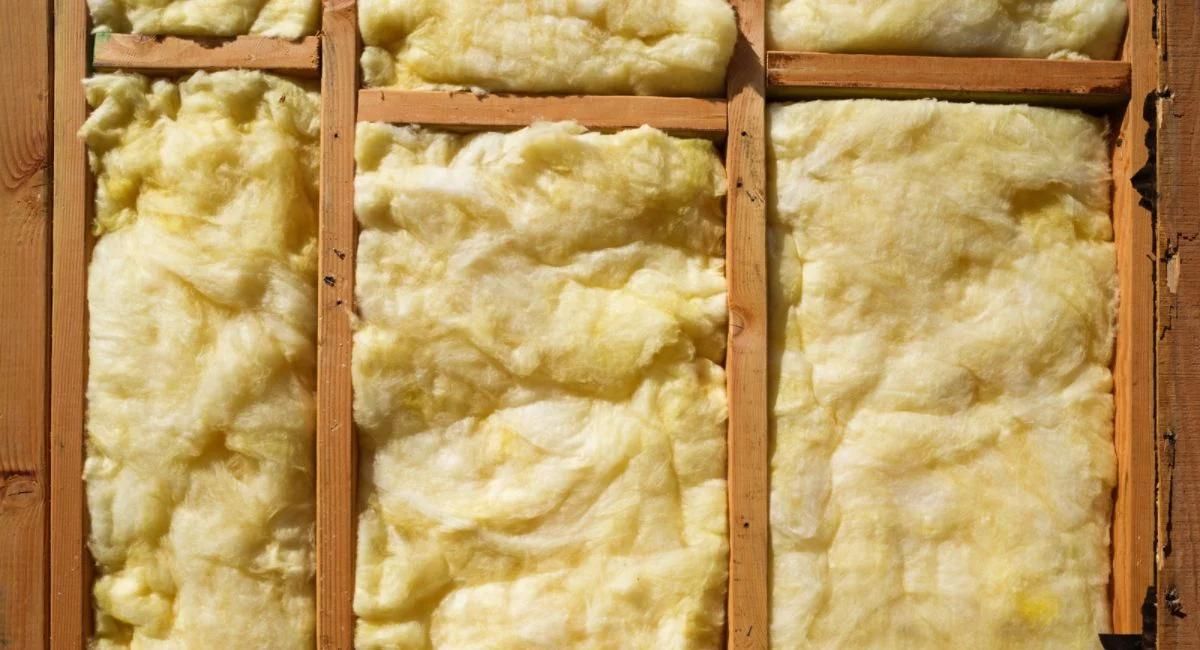
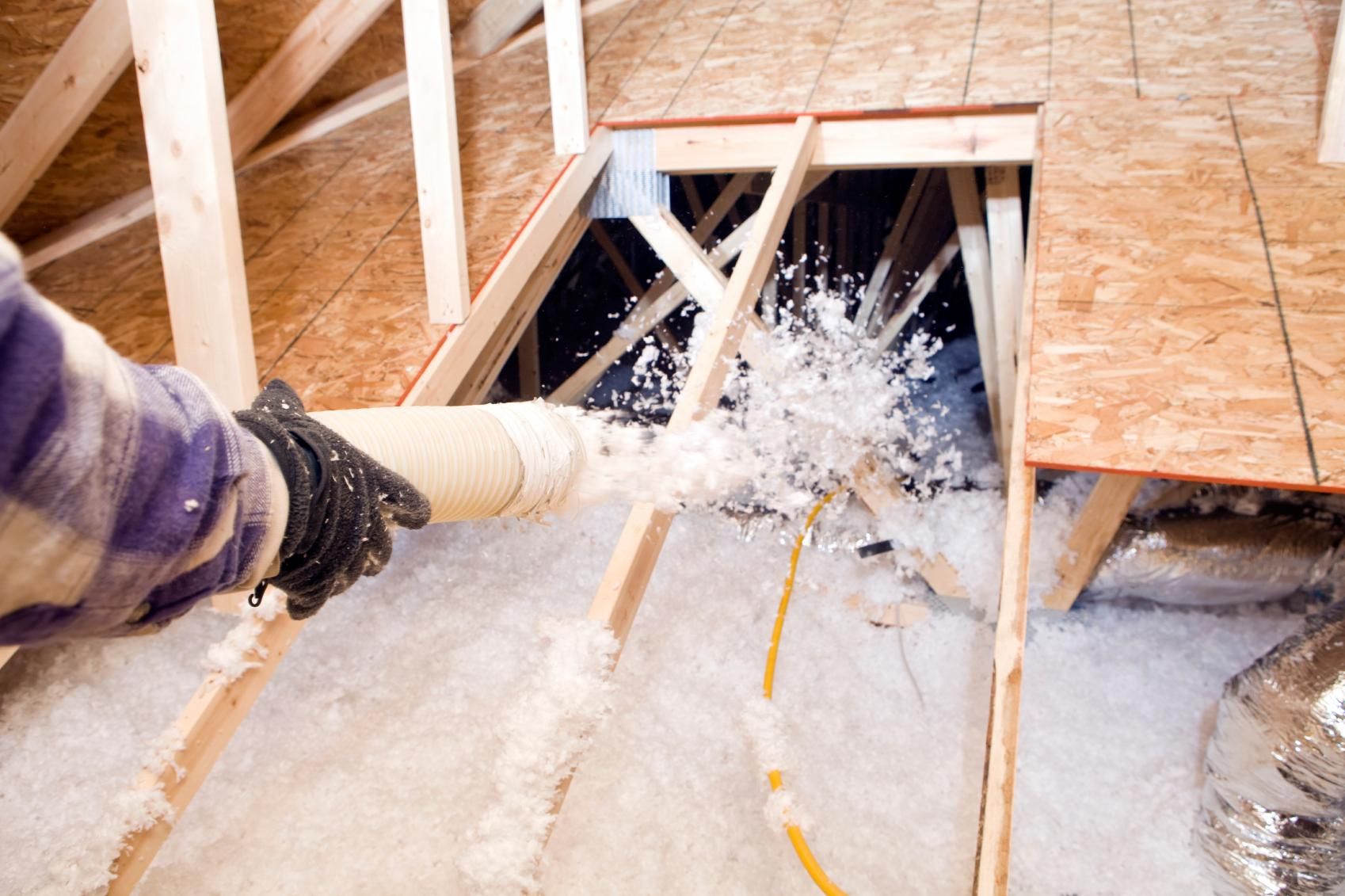
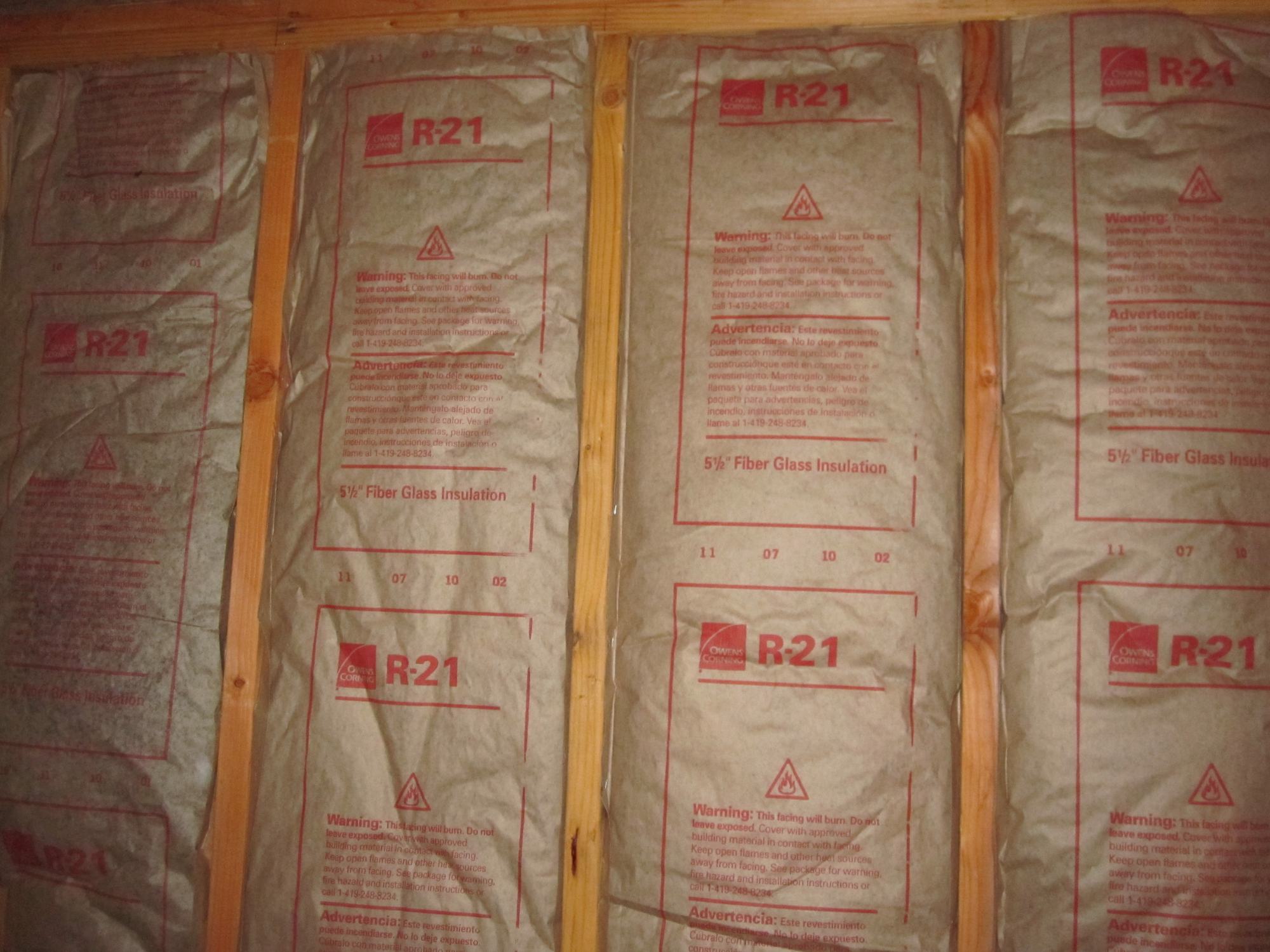
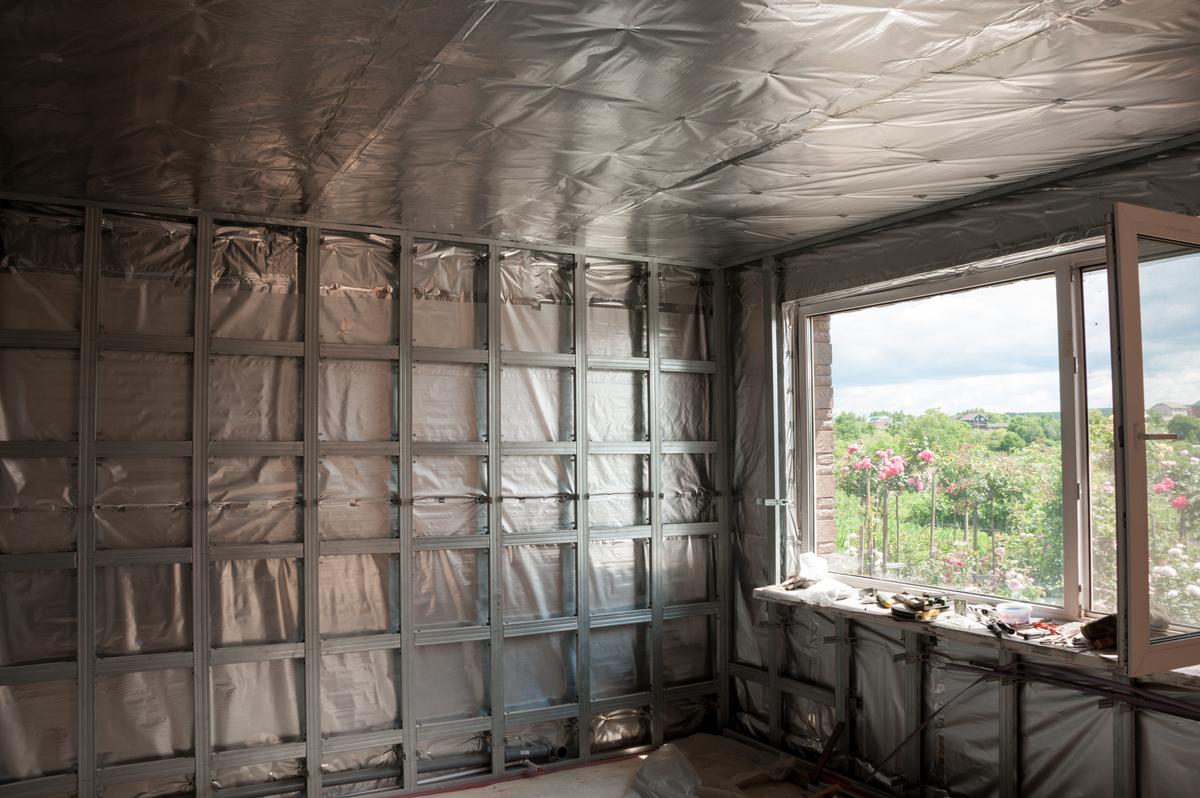
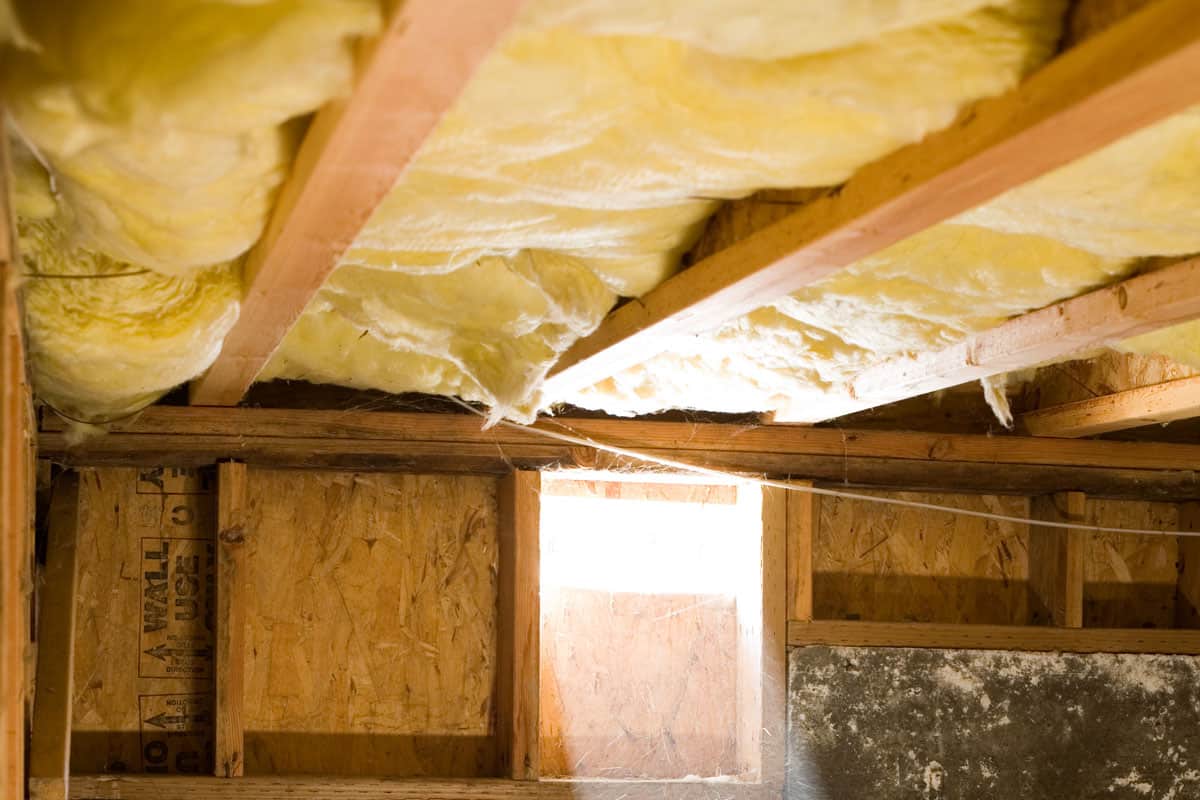


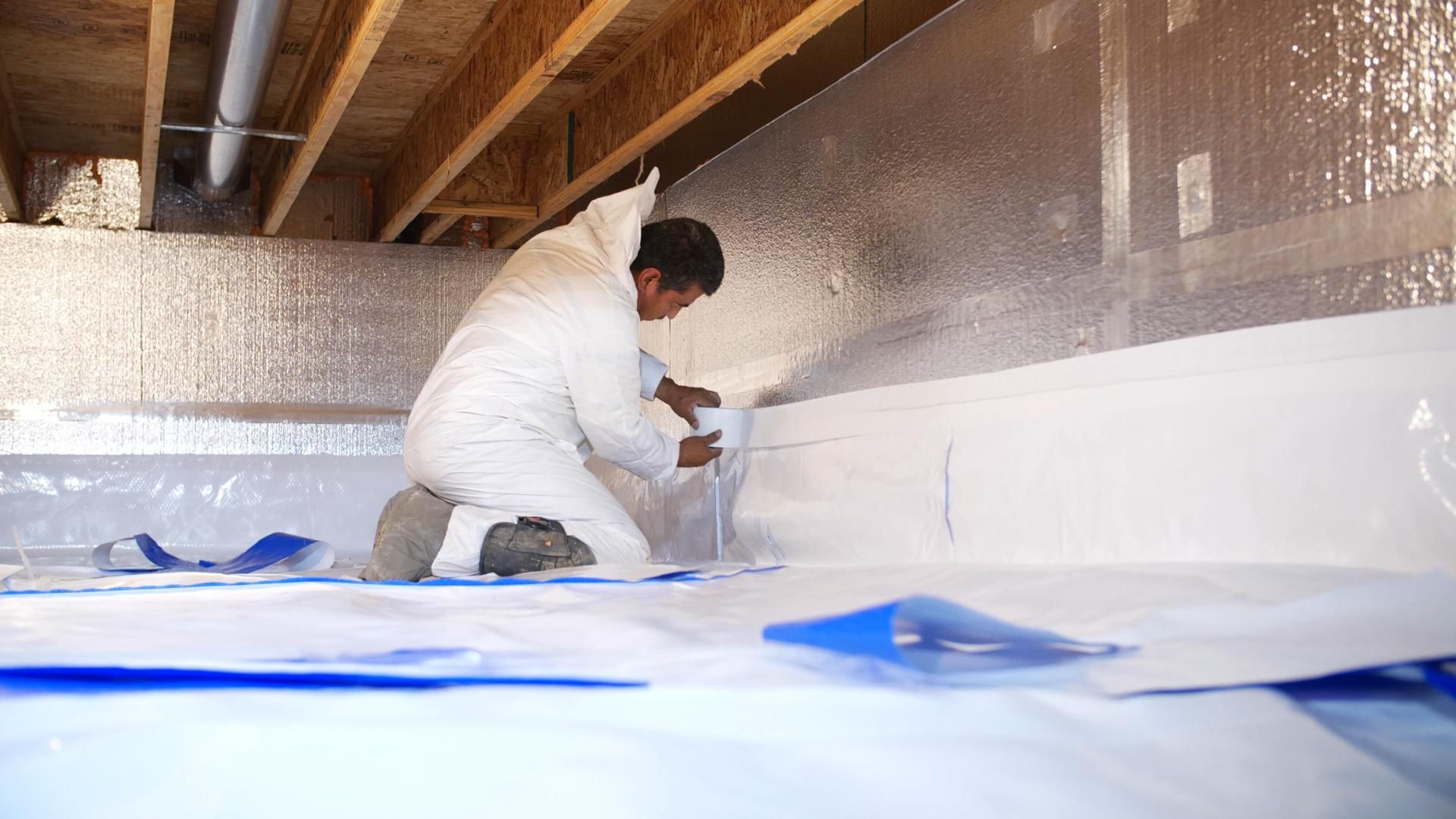
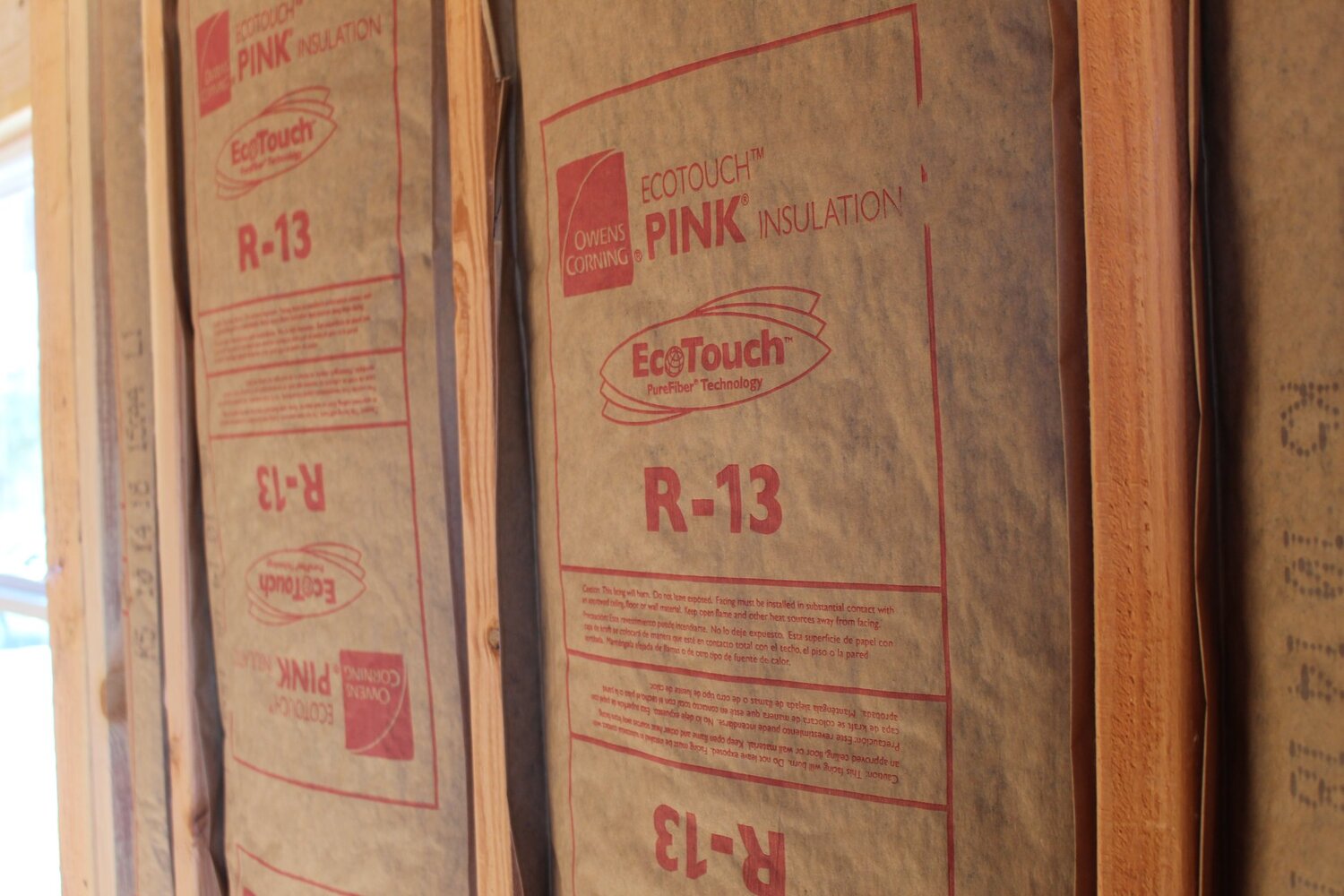
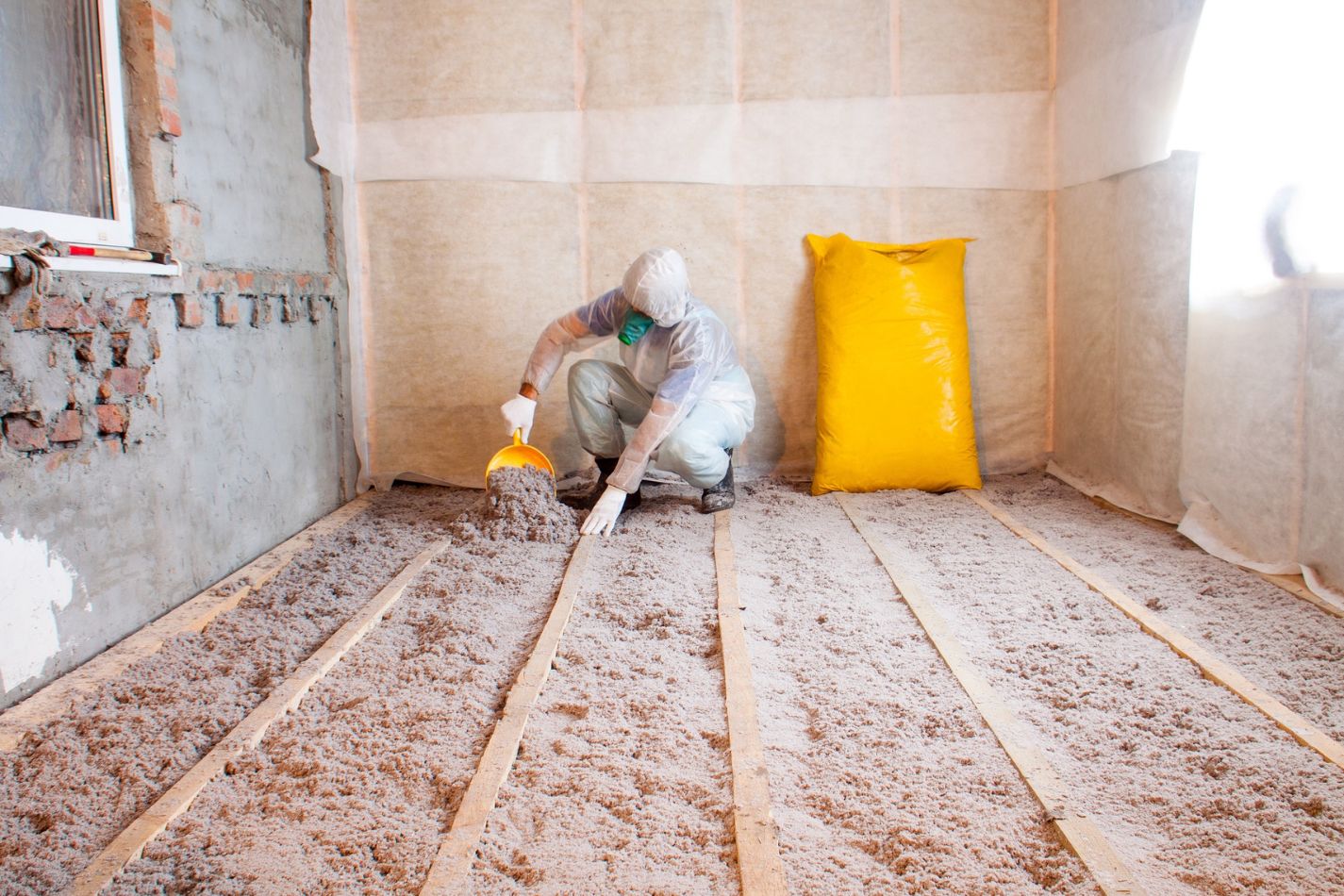

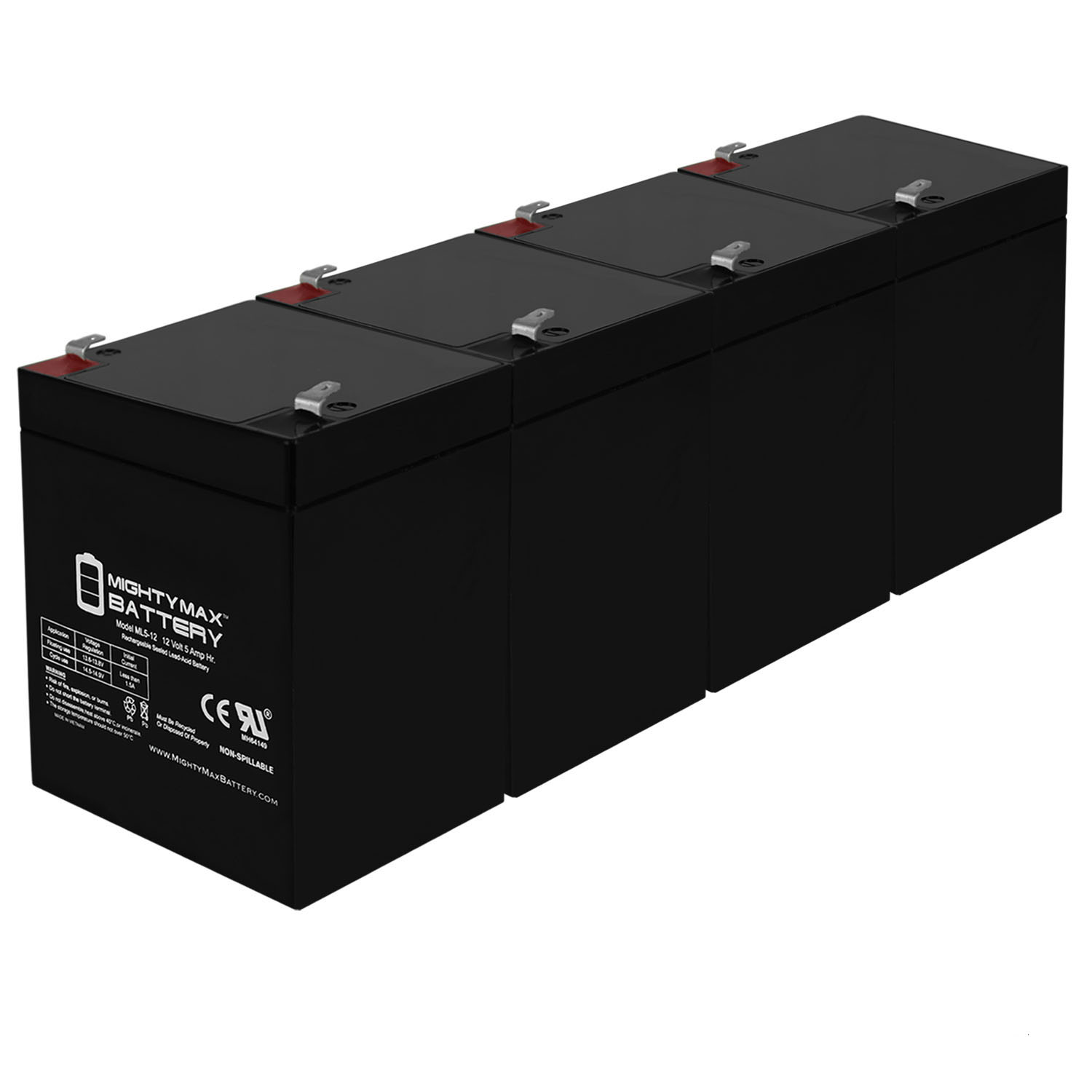
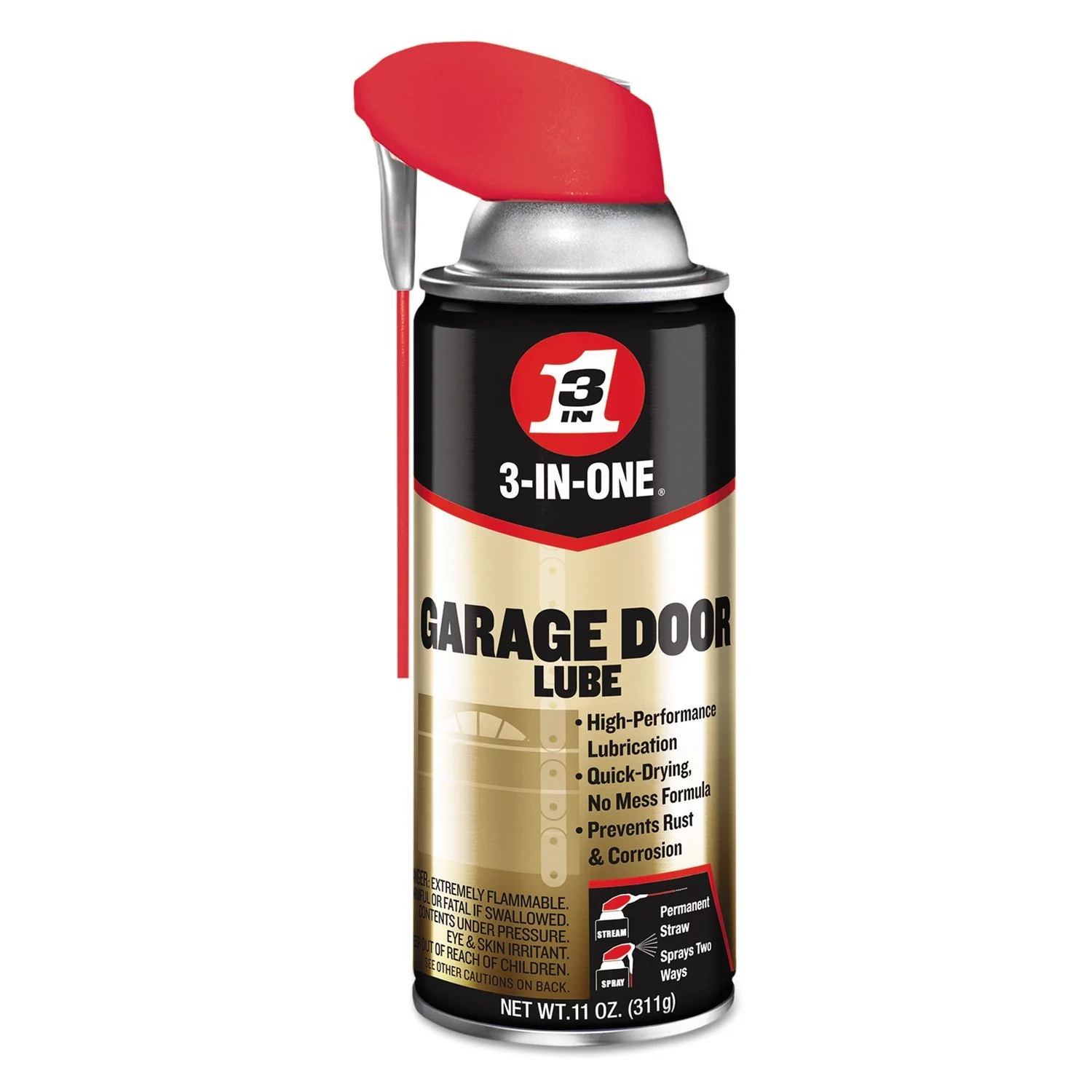
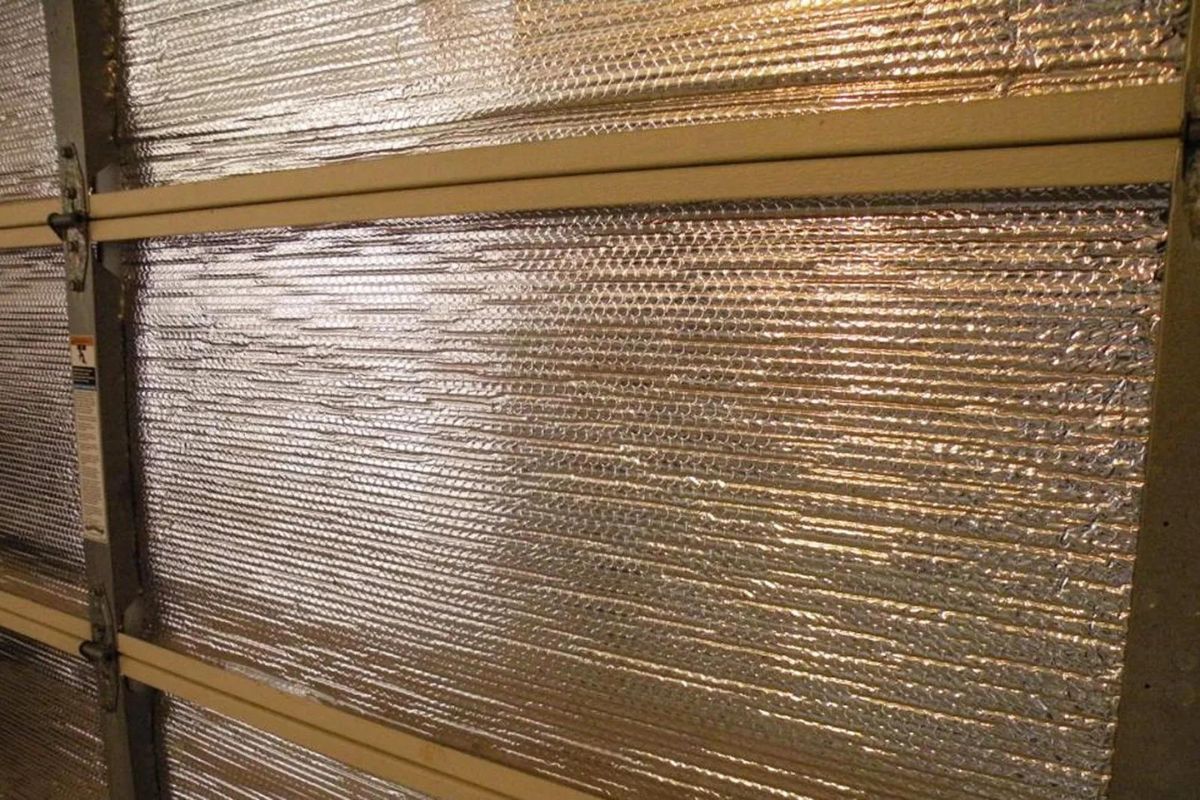

0 thoughts on “What Is A Good R Value For A Garage Door”